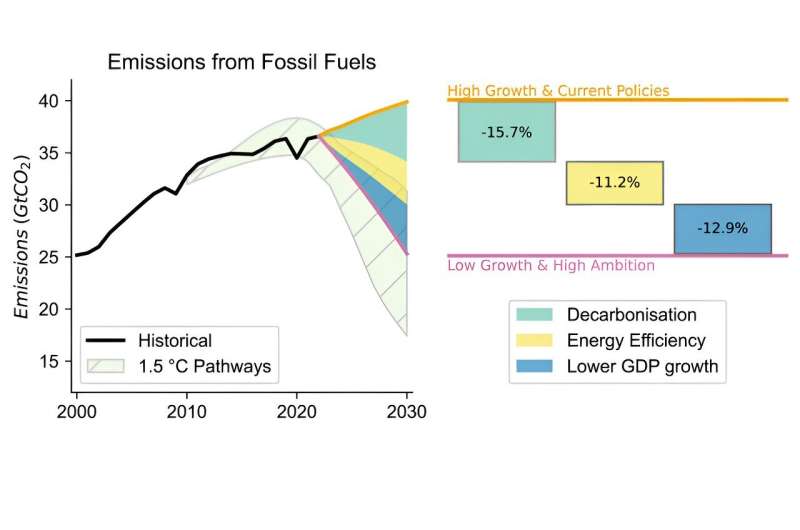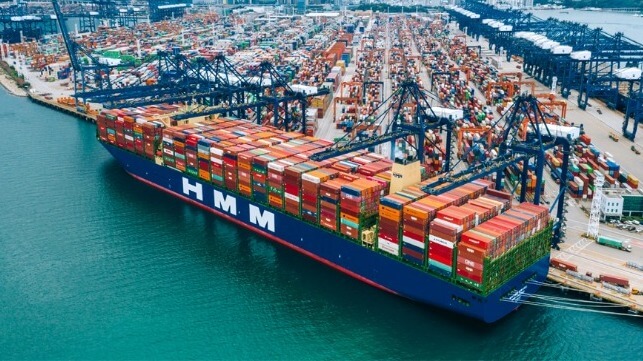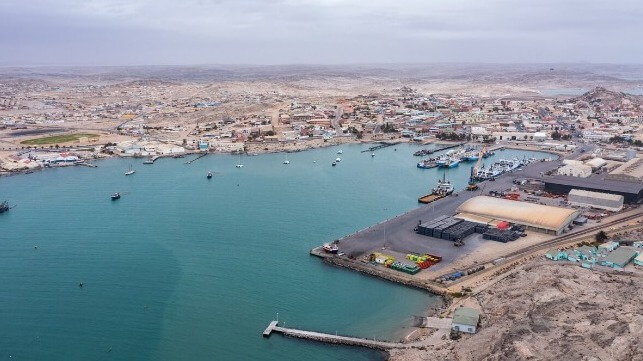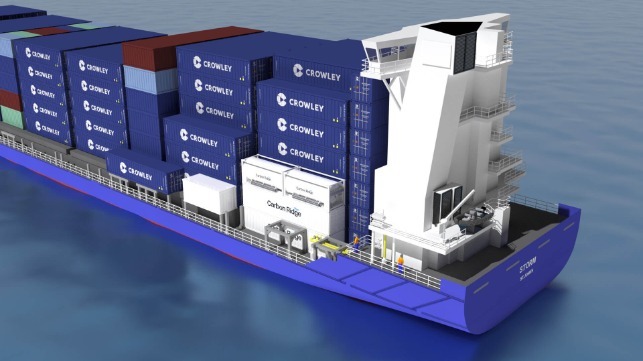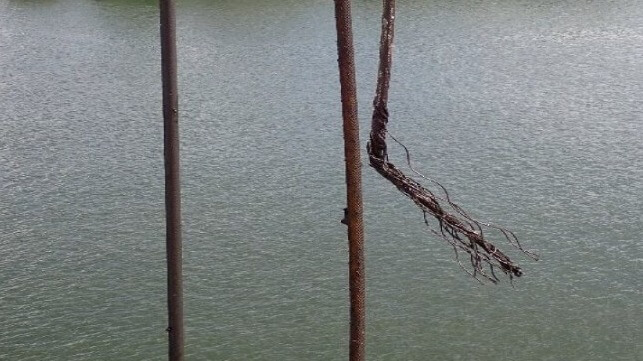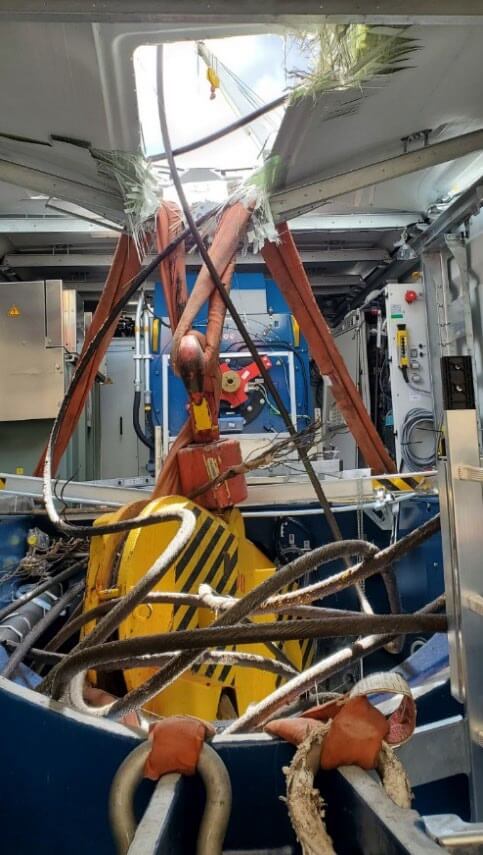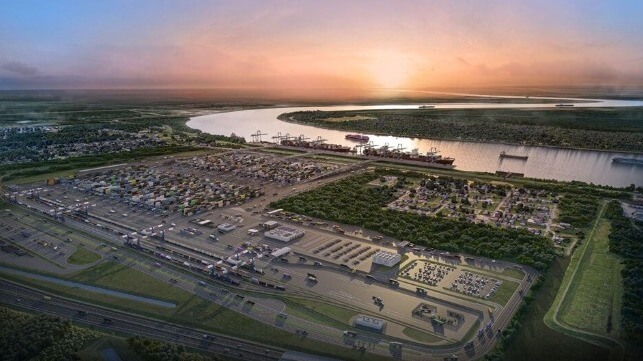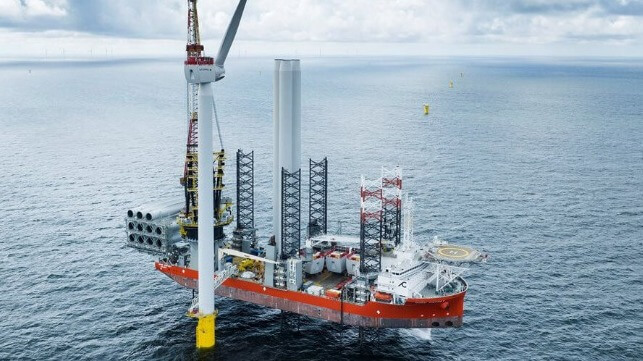December 20, 2023
AFP – The European Union (EU) said it would prolong its suspension of retaliatory tariffs on United States (US) goods after reaching an agreement in a steel and aluminium dispute triggered by Donald Trump when he was president.
The European Commission said in a statement it would suspend its EU balancing tariffs until March 31, 2025 after Washington said it would offer further tariff exclusions to EU exporters.
EU trade commissioner Valdis Dombrovskis said the important extension on Brussels’ side was the outcome of intensive engagement with the US.
He said the suspension gave Brussels the necessary space to seek the full removal of 232 tariffs that Washington slapped on EU exports under a 2018 order issued by then-president Trump.
In a protectionist move largely targeting cheaper Chinese imports, Trump had slapped high tariffs on steel and aluminium coming from many countries, sweeping up EU exports in the process.
Trump’s successor, Joe Biden, who also seeks to protect US industry, kept the tariffs in place but granted suspensions for EU exporters. The US faces elections next year, and some of its states with high steel output are swing states that could help decide the outcome.
The EU also faces bloc-wide elections next year that will usher in a new European Commission.
19TH DEC 2023
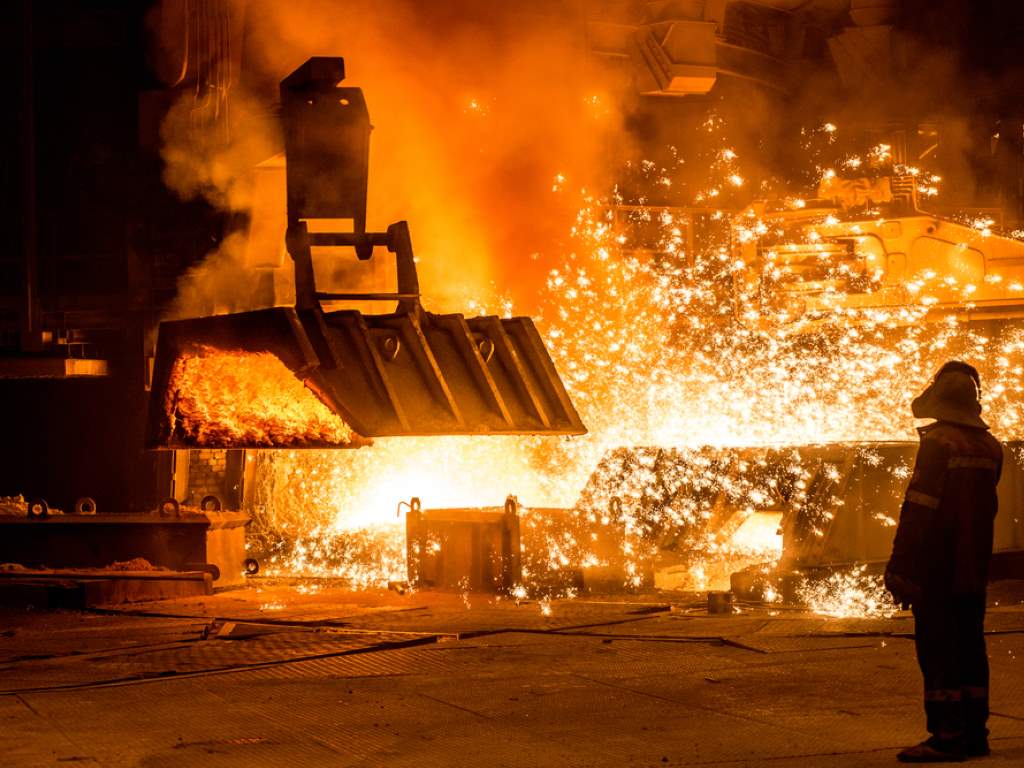
UK STEEL
The CBAM could create a level playing field on carbon pricing, ensuring that imported steel pays the same carbon costs as UK steelmakers. A robust, industry-supporting UK CBAM is considered, by industry body UK Steel, to be essential to prevent deindustrialisation (also known as carbon leakage), where high carbon costs and climate change regulations are placed on domestic producers, but not on foreign producers that export steel to the UK. Over 90% of the world’s steel faces little or no carbon costs, so a UK CBAM is considered essential for the nation’s steel industry to compete on a level playing field.
By confirming a CBAM from 2027 instead of matching the EU’s 2026 timeline, the government risks high-emission steel being dumped in the UK from 2026 when the EU CBAM takes effect. The steel sector through UK Steel has repeatedly warned the government against not mirroring the EU implementation timetable, as this would leave the UK steel industry exposed. The delayed implementation could mean that some of the high-emission steel currently exported to the EU will be diverted to the UK and depress prices when facing the EU CBAM in 2026. Simultaneously, trade safeguards end in 2026, leaving the UK steel industry exposed to surges in imports.
Mutual recognition between the UK and EU CBAM policies and Emission Trading Schemes (ETS) is equally crucial to avoid any restrictions to trade. 75% of the UK steel industry’s exports – totalling 2.55Mt of steel (£3.5bn in value) – goes to European markets. Without mutual recognition and linked emission trading schemes, UK-made steel will face a financial trade barrier when exported to our biggest export market.
If the UK CBAM is not robust enough, imported steel could circumvent the policy and not pay carbon costs while domestic steelmakers face increasing carbon costs. Free allocation of UK ETS carbon allowances has been the only effective protection against carbon leakage in relation to carbon costs. Any changes to free allocations must be done carefully and gradually, and the Government must be ready to step in in cases of circumvention, incorrect customs reporting, or other unfair trading practices.
UK Steel director general, Gareth Stace, said: “With over 90% of global steel production facing no carbon cost, it is only right that a new carbon border policy is put in place to create a level playing field on carbon pricing. However, implementing the UK scheme one year after the EU CBAM starts is hugely concerning.
“A UK CBAM is essential to securing investments in new green steel production and making sure that low-emission, UK-made steel is not undercut by high-emission, imported steel which has not faced carbon costs. Steel trade on equal terms can be achieved by a robust and industry-based UK carbon border policy.
“With a delayed timeline, the Government must now get the implementation right. If the CBAM is easily bypassed while carbon costs rapidly rise for UK industry, Britain's steel sector could suffer huge damage. The Government will need to be fleet of foot to respond in cases of unfair trading practices and take further action in 2026, if necessary. We look forward to working with government to ensure the UK CBAM works for industry and provides shielding against high-emission imported steel, enabling a fair, competitive environment.


